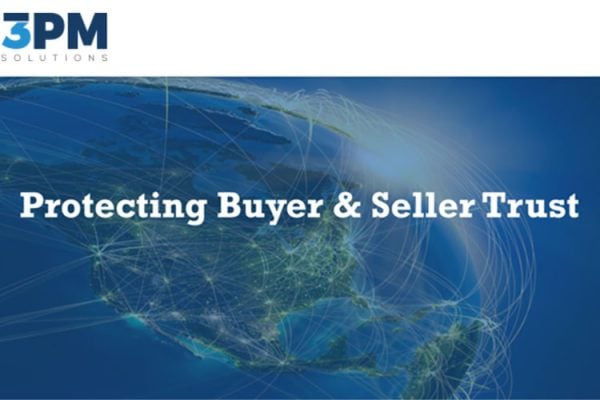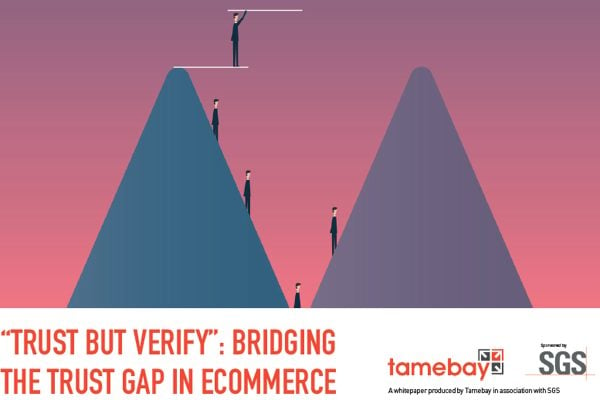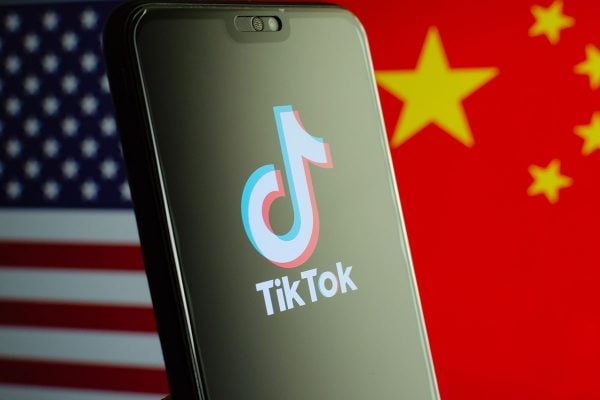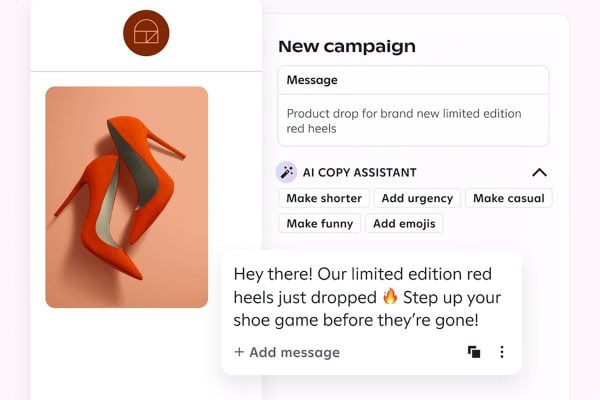eBay featured on Radio 4’s You & Yours again today, with the old story that L’Oréal are suing eBay for allowing the sale of fakes on the site. You can hear the programme for yourself here.
The programme opened with some fairly impressive statistics, claiming that £15bn of fake goods were sold via the internet annually and that 75% of those were through “online auction sites like eBay”. Though no actual evidence for the source of those figures was adduced, the IP lawyer being interviewed did cite a survey by Louis Vuitton that famously claimed that of 450,000 alleged LV products sold on eBay, some 90% were fake.
Asking “how would you spot a fake”, the host cited an Armani tie he saw on eBay this morning. Armani ties “retail at £80”, he said, so how on earth could an eBay seller be selling one on an auction starting at £1? I’ve been a seller of genuine Armani ties on eBay, so I had a little bit of insight into this that You and Yours seem to lack. First, Armani ties might retail for £80 in Knightbridge, but they do *not* retail for £80 on eBay. eBay buyers want cheap. But that’s okay, because Armani ties don’t wholesale for anything even close to £80. The markup on them is scary, and so it’s perfectly possible to sell them on eBay at what looks like a crazy price, but still be making a crazy profit. Putting a tie on with a £1 as a lure to your eBay store full of designer ties is a perfectly sensible strategy, and is in no way in itself indicative of counterfeiting.
Richard Ambrose, eBay UK’s head of trust and safety, said as much. He also reaffirmed eBay’s dislike of counterfeiting with his customary refreshing directness: “we hate having counterfeits on the sight; they make us look bad.” But Richard also emphasised that eBay need the help of rights’ owners to remove counterfeit items from sale. Being expert in every product from perfume to handbags to software is not something that any one organisation could ever achieve: “the challenge of getting them off the site is going to involve partnership with rights owners, it’s not something we can do on our own.”
John Waite’s petulant demand that eBay filter out fakes like they filtered out Live 8 tickets just shows how far these story-tellers are from the realities of internet trade. Sellers of counterfeit items don’t mark their sales as such, so just what does he want to filter for? Moreover, how does he want to deal with those sellers of perfectly legitimate items who complain when their listings are held up due to anti-counterfeiting measures?
His friend the IP lawyer, trying to side-step the accusation that *he* was making money from the fakes issue, just as he accused eBay of doing, went on to complain that “eBay don’t have a three strikes and you’re out policy”. He’s obviously never bothered talking to any of the 18,000 members of the VeRO programme, or any of the sellers they’ve stung, because that’s EXACTLY what eBay have!
There is no denying that there are problems with fakes on eBay. But litigation like this is not the answer. L’Oréal’s action has come at the same time as other, less publicised action, to stop sellers of grey imports. One might think that their decision to stop working with eBay and to go the legal route, has more to do with their desire to protect their distribution networks by closing off secondary markets, as it does to stop the sale of counterfeits. This is, in the end, the action of a greedy company trying to protect its bottom line. As another Rambo once put it, “Let it go. Let it go.”








2 Responses
Well said!
If L’oreal want to stop grey importing then they should reduce overmakes and, in particular, stop selling excess Lancome “free with purchase” sets to closeout warehouses. They can’t have it both ways.